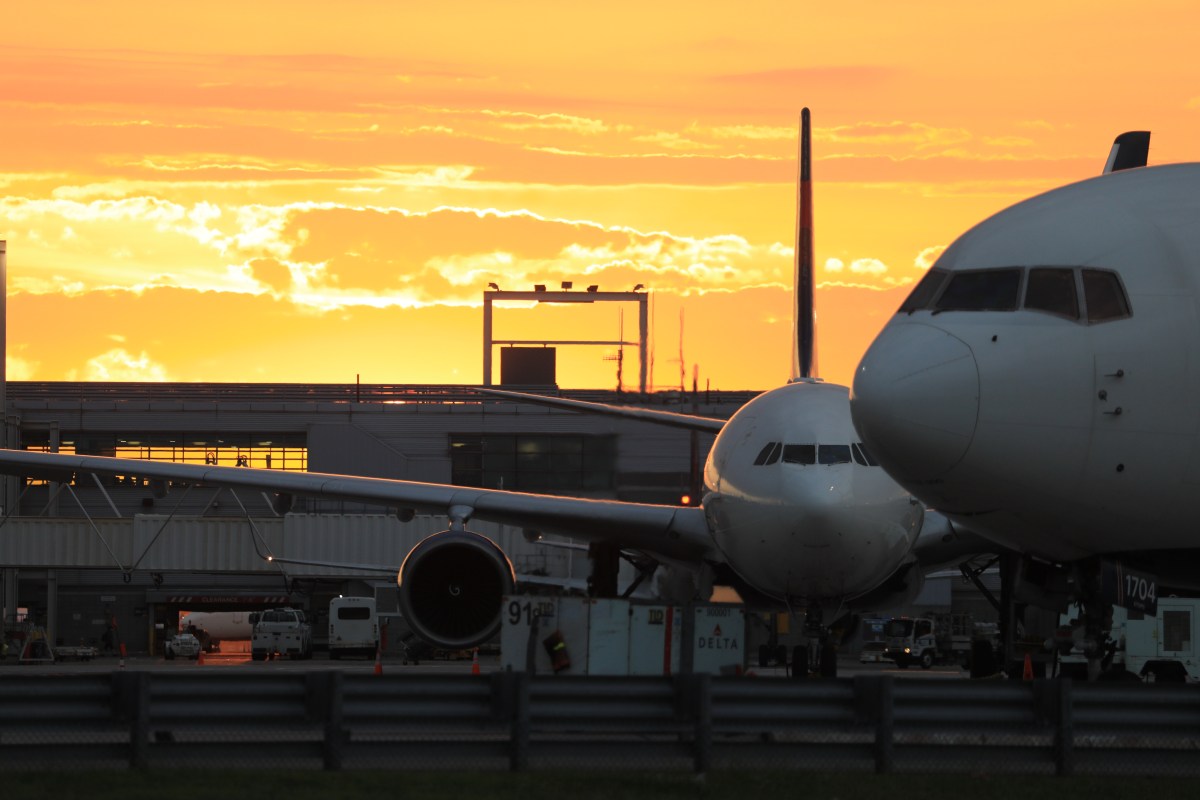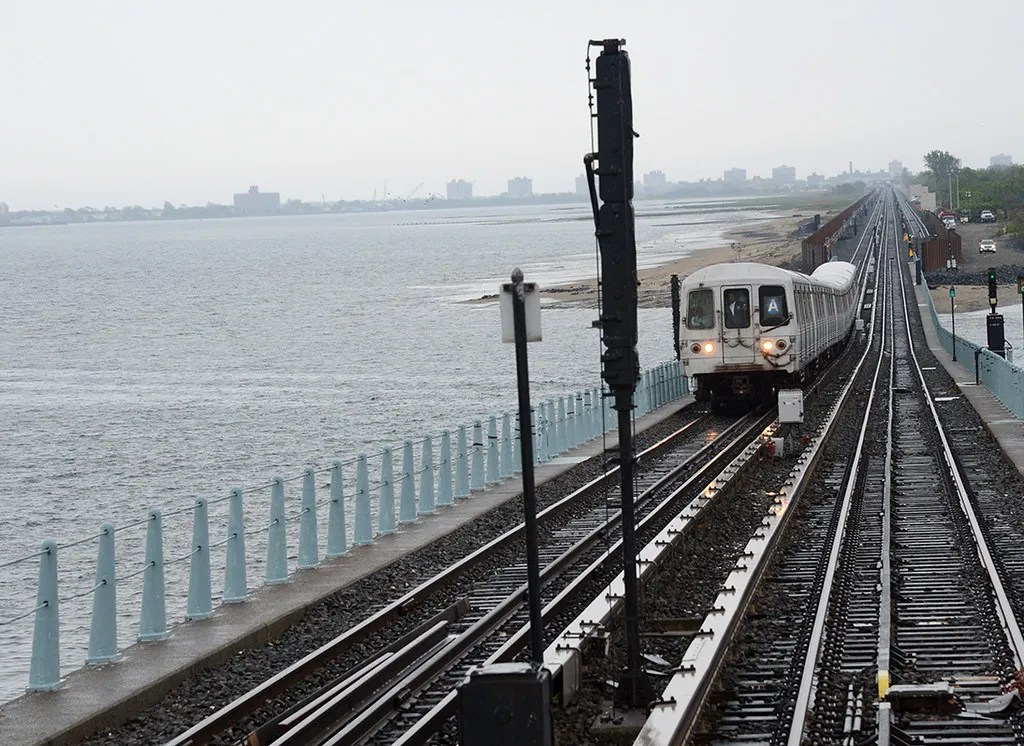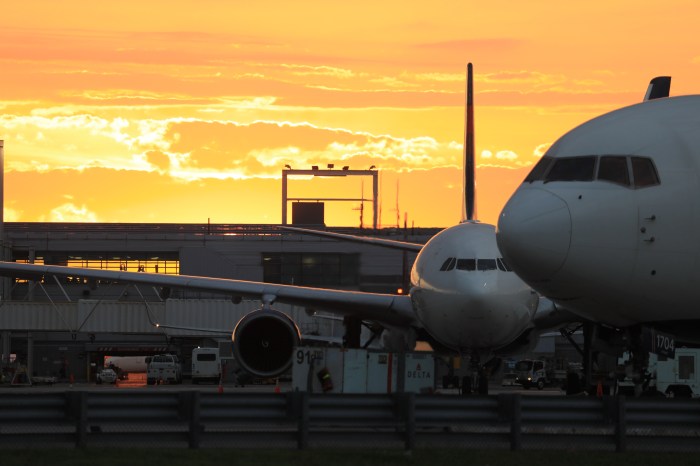 [/media-credit]
[/media-credit]
- These musicians recently busking inside Union Square Park weren’t issued any summonses by police or PEP officers.
BY TERESE LOEB KREUZER | Robert Lederman, who has been selling his art in New York City parks since 1962, is at war with the city’s Parks Department over its treatment of “expressive matter vendors” like himself. Beginning in the late 1990s, the Parks Department started confining visual artists to designated spaces and limiting their numbers, he said, violating their First Amendment rights, which guarantee freedom of speech. So far, he and a group he founded called A.R.T.I.S.T. (Artists’ Response to Illegal State Tactics) have been winning in the federal courts, where the battle has been waged.
The next round in the legal skirmish will take place on Thurs., June 28, in the Southern District Court of New York, a federal court where Judge Richard Sullivan will hear a case brought by Lederman and his group that alleges that Parks has not applied the same rules to visual artists selling art, photography, sculpture and books that it has to performance artists.
“Essentially, the city’s position is that performing artists can do whatever they want in the parks but visual artists cannot,” Lederman said. “This exactly, 180 degrees, contradicts the text of the law that they wrote and passed in June of 2010. The first sentence of that law says that anybody soliciting a donation is an expressive matter vendor and that they therefore have to follow all the rules. We’re saying that if the city’s position applies to one group, it should apply to both.”
Four of the most crowded parks in Manhattan — Union Square, Central Park, Battery Park and the High Line — have particularly stringent rules about what is allowed and where. Expressive matter vendors must be 10 feet away from a subway entrance or exit, 5 feet from any park furniture or a tree, 10 feet from any crosswalk, and 50 feet from any monument or other public art installation, among other regulations.
Pragmatically, this means that in many parks there is almost no place for an expressive matter vendor to erect a display table without breaking the rules.
Lederman said that in mid-May, the city changed its enforcement practices for performing artists, allowing them to set up near park monuments and benches, but failed to inform the Southern District court that it had done so. On June 4, the Corporation Counsel for New York City — which represents the Mayor’s Office and city agencies in legal matters — said that the reprieve was only temporary and that buskers and other performers would again be subject to summons and arrests if they broke the rules.
A Parks Department Web site explains that these rules are in place “to balance the needs of the variety of park users.”
What this might mean in practice was exemplified in Union Square Park on Saturday June 2 when it was crowded with Greenmarket shoppers, chess players and people out to enjoy the gorgeous weather. On the park’s southern flank near the George Washington equestrian statue, Virgin Atlantic airline promoted its services with a display, a loudspeaker and some poker-faced guards like those who patrol Buckingham Palace. Anyone who could make a guard laugh could win a round-trip ticket to London. The prospect of free tickets and a bevy of comely flight attendants in lipstick-red suits drew a
large number of spectators.
Around 100 Greenmarket vendors wrapped around three sides of the park. On a path inside the park next to the lawn, a man sitting on a park bench strummed a guitar, with another man, also holding a guitar, sitting at his feet near a makeshift container for donations. But the visual artists who used to be prominent in Union Square Park were nowhere to be seen. Parks had banished them to spaces on the park’s periphery. On Saturdays, only 18 vendors of art, photography, books and sculpture can legally sell their wares in Union Square.
“They had to get rid of the artists to make room for the Greenmarket,” said Julie Milner, the attorney who represents the Lederman contingent. “The Greenmarket brings in huge amounts of revenue for the Parks Department, but not the artists. It’s about revenue. It’s about stifling First Amendment-protected activities in order to get a fast buck.”
Lederman dismissed Parks’ assertions that limiting the number of visual expressive matter vendors stemmed from a desire to keep the parks accessible to all.
“On the High Line, which is a mile and a half long, there are only five locations where artists can set up,” he said. “Just to give you a comparison, there are nine food concessions, each with long lines. In Union Square Park, they kicked out 100 artists and then they put in a holiday market with 200 vendors, each one of whom has a stand that’s five to 10 times the size of a single artist’s display. Plus, they have the Greenmarket.”
Lederman said that police officers and Parks Enforcement Patrol officers, who are responsible for enforcing the Parks regulations, have gotten increasingly aggressive about issuing summons.
“From 1962 to 1994, the N.Y.P.D. had a policy that selling art on the street was most likely a protected activity under the First Amendment,” the activist said. “No permit was required. The police left the vendors alone most of the time. If they occasionally issued a ticket, the ticket was dismissed and very few people got them. From 1962 to 1994, I think I got two tickets. From 1994 to 2012, I got arrested 44 times and
almost 100 summonses.”
He admits that he goes out of his way to be confrontational toward rules that he views as wrong and illegal.
“Since June of 2010, I’ve never set up in any medallion spot [sanctioned by the Parks Department] in a park,” he said. “I’m specifically challenging the law every time I set up. I’m protesting the law by setting up in violation of it in the same way that civil rights activists went into a coffee shop and ordered a cup of coffee in violation of the rules that existed at that time.”
His crusade, he said, is not just about vending. Before the current Parks rules went into effect, he visited several community boards to describe what was happening.
“I told them — you think this is just going to affect street artists,” he said. “It’s going to affect everybody. They thought that wasn’t true. Then Parks started arresting performers [in Washington Square Park] that people love, and [the community boards] started
seeing it is true.
“The full expression of it hasn’t happened yet,” Lederman warned. “Wait until they start arresting people for putting out a table with political literature and a donation can. Then they’ll see what this is really about. It’s about totally taking away the right of freedom
of speech in parks.”



































